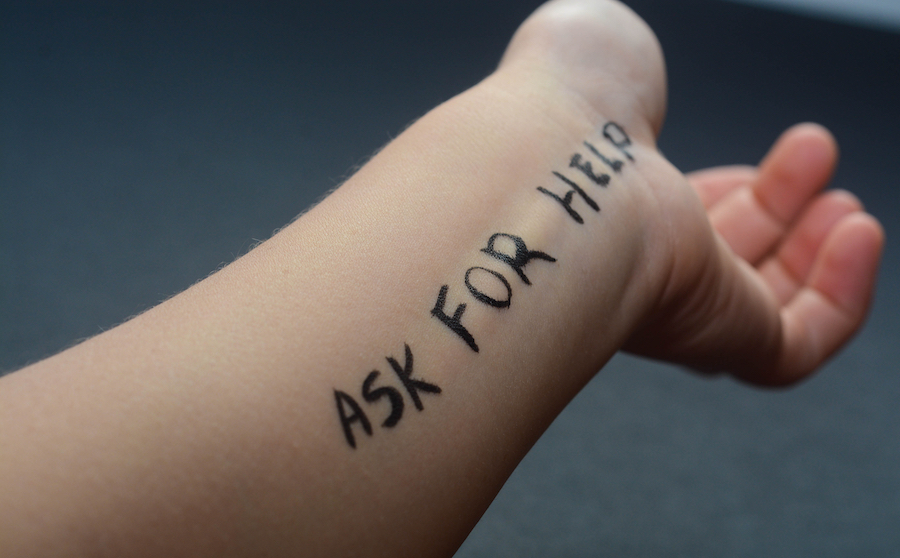OD deaths soared among Blacks and Native Americans due to bias and unequal access to treatment
By Jason Langendorf
As drug overdose deaths skyrocketed early in the pandemic, fueled in part by the isolation and anxiety that arose from COVID fears and restrictions, certain demographic groups suffered disproportionately, according to data released by the Centers for Disease Control and Prevention (CDC) on Tuesday.
While overall overdose deaths increased 30% in the United States from 2019 to 2020, rates among non-Hispanic Black (Black) and non-Hispanic American Indian or Alaska Native persons increased by 44% and 39%, respectively.
“Racism, a root cause of health disparities, continues to be a serious public health risk that directly affects the well-being of millions of Americans.”
—Debra Houry, CDC
“The disproportionate increase in overdose death rates among Blacks and American Indian/Alaska Native people may partly be due to health inequities like unequal access to substance use treatment and treatment biases,” Debra Houry, MD, acting principal deputy director at the CDC, said in a briefing with reporters Tuesday.
The Numbers Tell the Story
In fact, a mountain of data already has confirmed Houry’s theory—and then some. Not only are Black people less likely to receive addiction treatment than white people, but they also are withheld medication-assisted treatment (MAT) more often and criminalized for drug possession at higher rates.

The disparities revealed in the CDC study weren’t limited to racial lines—they were reflected even within data subsets. Younger Black people (ages 15-24) had the largest increase in overdose deaths, at 86%. Additionally, overdose rates increased as county-level income inequality increased—but especially among Black people.
“Among Black people,” said Mbabazi Kariisa, an ORISE Fellow at the CDC and main author of the report, “overdose rates in counties with the most income inequality were more than twice those of counties that had less income inequality.”
The report also revealed that evidence of previous substance use treatment was lowest for Black people who died of overdose (8.3%).
Said Houry: “Racism, a root cause of health disparities, continues to be a serious public health risk that directly affects the well-being of millions of Americans, and, as a result, affects the health of our entire nation.”
A “Poisoned Drug Supply”
Although the number of overdose deaths topped a then-record 93,000 in 2020, during the first waves of the pandemic, we know not all of those incidents can be directly attributed to COVID and its fallout. Tens of thousands were dying of overdoses every year before the pandemic, and the annual toll is now in the six figures—even as some of the dangers of COVID have begun to recede.

“What’s really driving the surge in overdoses is this increasingly poisoned drug supply,” Shannon Monnat, an associate professor of sociology at Syracuse University who studies demographic and geographic trends and disparities in health and mortality, told the AP in 2021. “Nearly all of this increase is fentanyl contamination in some way. Heroin is contaminated. Cocaine is contaminated. Methamphetamine is contaminated.”
The overdose crisis is a complex, layered problem with no one to blame and no single solution. By that rationale, though, policymakers should be able to take a hard look at the CDC’s latest data, draw basic conclusions and make certain decisions without judgment. People who use drugs are dying at greater rates than ever—a human problem. But some of those people—based on where they fall along racial, social and class lines—are dying more often than others while receiving less support. That’s a problem of inhumanity.
Top photo: Shutterstock; middle photo: Mike Von













